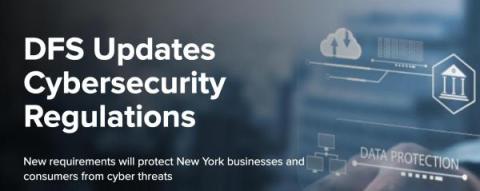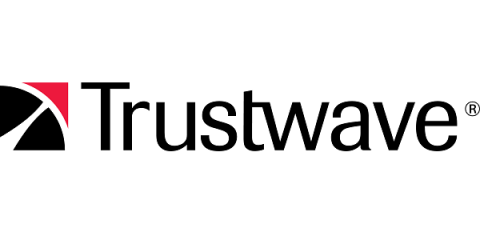Security | Threat Detection | Cyberattacks | DevSecOps | Compliance
Risk Management
A Guide to GDPR Article 30: RoPA (Records of Processing Activities)
Data privacy has never been more critical for business success as it is today, and organizations worldwide are grappling with the stringent requirements of the General Data Protection Regulation (GDPR). One crucial aspect of GDPR compliance is maintaining a Record of Processing Activities (RoPA), which serves as a testament to an organization’s commitment to data protection. But what exactly is a RoPA, and how can organizations create and manage one effectively?
Bitsight's Partnership with Moody's Continues to Evolve - Making Cyber Risk Actionable for Business Leaders
The Role of Artificial Intelligence in Cybersecurity - and the Unseen Risks of Using It
Unlocking Growth: Building a Business Case for GRC Applications
5 Tips To Prepare For Your External Audit
Protecting your Enterprise with Penetration Testing
DORA Overview
NYDFS Regulatory Changes: Vulnerability Management and Risk Assessment
Continuing the Conversation on Cybersecurity as a Business Risk
Board members often lack technical expertise and may not fully understand the risks associated with cybersecurity. On the other hand, CISOs are more familiar with IT staff and the technical aspects of cybersecurity. This is understandable, as the board is responsible for making high-level decisions and does not typically get involved in the details of implementation and technical audits.








